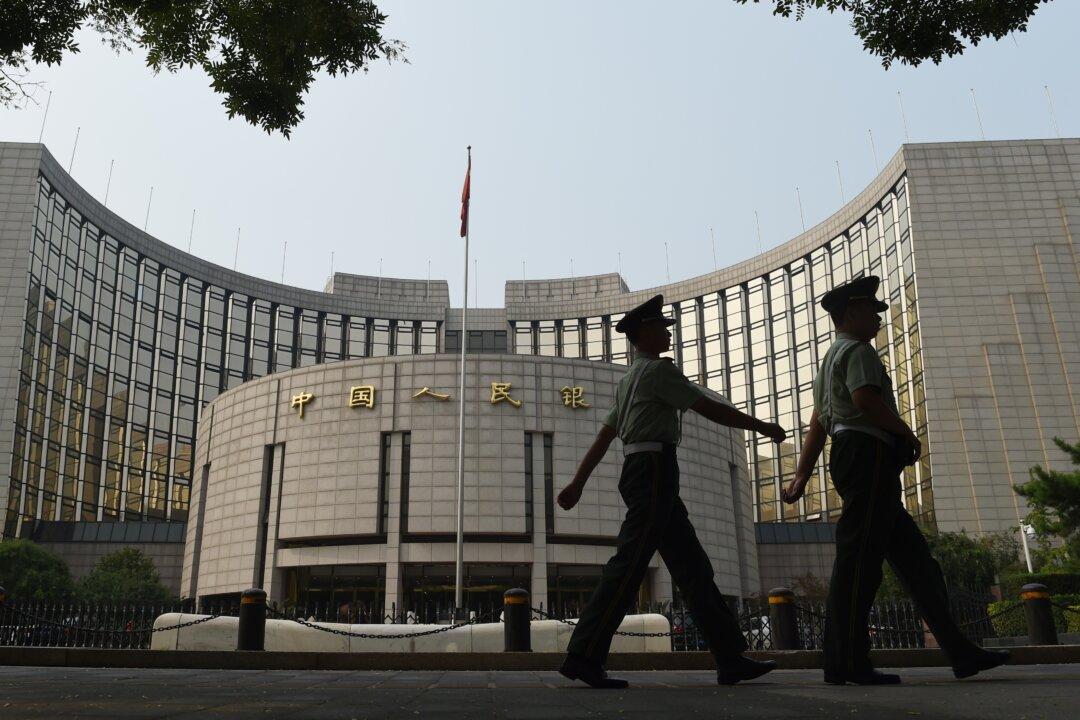BEIJING—New bank lending in China fell more than expected in February from a record in January, but the drop was likely due to seasonal factors as policymakers stepped up support for the economy jolted by a coronavirus outbreak.
Chinese banks extended 905.7 billion yuan ($130.24 billion) in new yuan loans in February, down from a record 3.34 trillion yuan in January and missing analyst expectations, according to data released by the People’s Bank of China (PBOC) on March 11.





